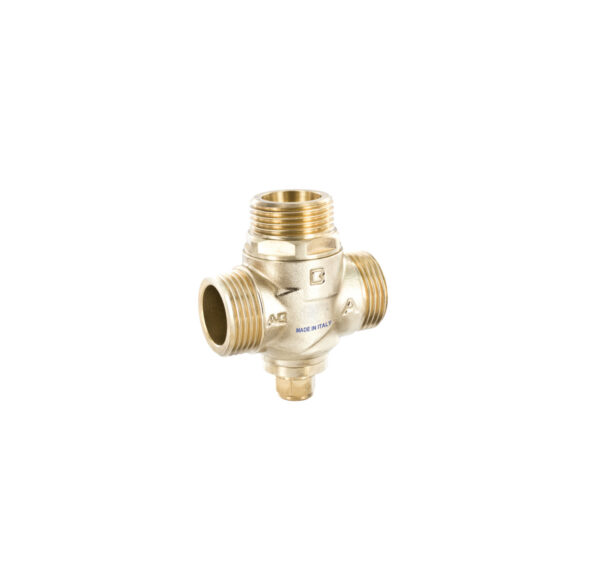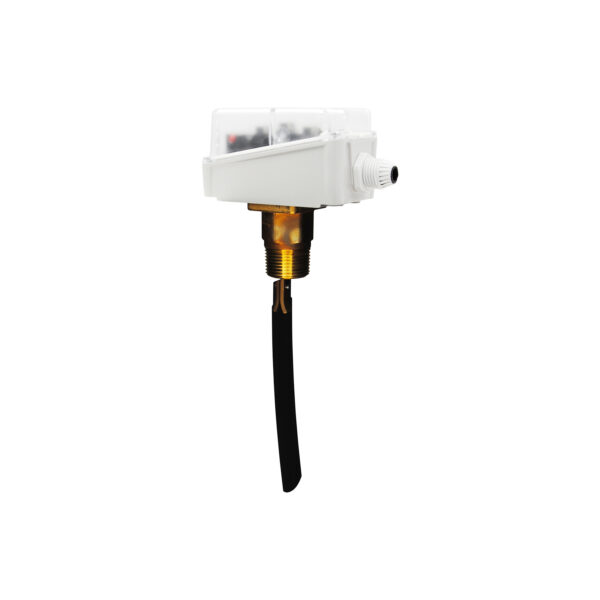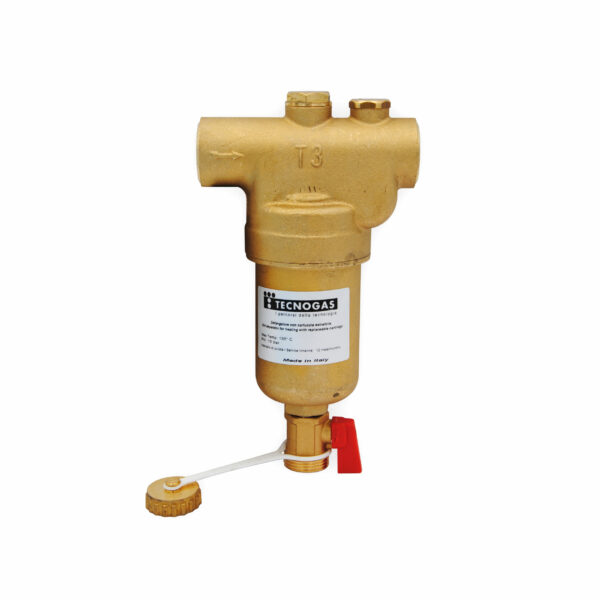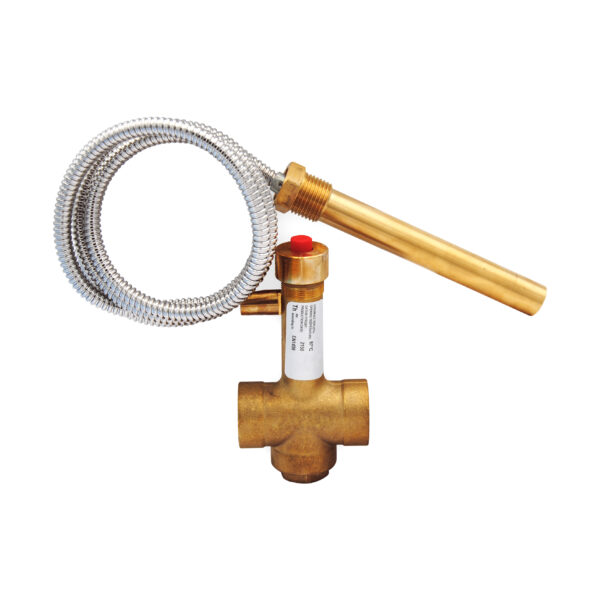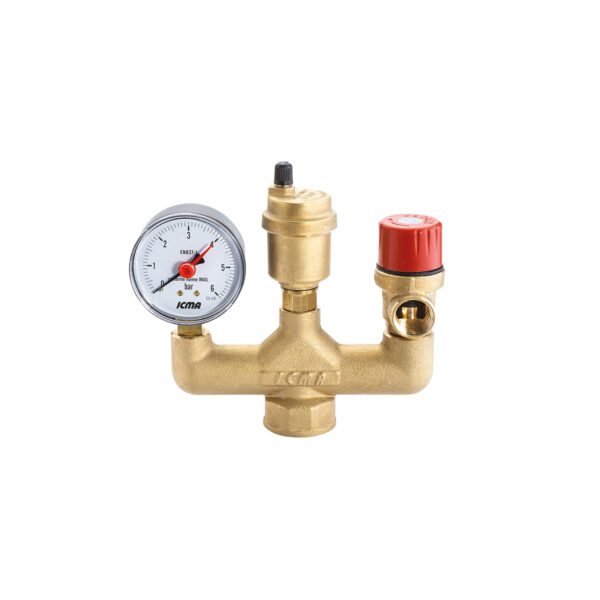Anti-Condensation Thermostatic Valve
Kv 2,8 – male 3/4" connections
CALIBRATION FOR OTHER TEMPERATURES ON REQUEST
| sku | model | price | info | add to cart | |
|---|---|---|---|---|---|
|
|
00000070360 |
THERMOSTATIC ANTI-CONDENSATION VALVE Kv 2,8 - Ø 3/4" - 45°C |
€167,85 Excl. Taxes |
Physical data UM Base: Dimension: Volume: Weight: Minimum Order Quantity: Customs data Customs Code |
Info Request |
|
|
00000070361 |
THERMOSTATIC ANTI-CONDENSATION VALVE Kv 2,8 - Ø 3/4" - 55°C |
€167,85 Excl. Taxes |
Physical data UM Base: Dimension: Volume: Weight: Minimum Order Quantity: Customs data Customs Code |
Info Request |
|
|
00000070362 |
THERMOSTATIC ANTI-CONDENSATION VALVE Kv 2,8 - Ø 3/4" - 60°C |
€167,85 Excl. Taxes |
Physical data UM Base: Dimension: Volume: Weight: Minimum Order Quantity: Customs data Customs Code |
Info Request |
Product informations
The anti-condensation thermostatic valve is designed to be installed in systems that have a solid fuel generator; by keeping the temperature of the fluid entering the generator above a minimum value, the device reduces the amount of condensate that forms on the heat exchangers, avoiding the formation of harmful tarry deposits.
How does it work
The mixing process is controlled by a thermostatic element completely immersed in the fluid passage area, connected to a shutter. When starting up the system, the by-pass is completely open, while the return branch is closed watertight; in this way the generator heats up very quickly and the amount of condensate that forms on the exchangers is reduced. When the flow temperature of the generator exceeds the calibration value of the thermostatic element, there is a gradual opening of the cold branch and the mixing phase begins between the by-pass and the return from the system. Once the temperature of the mixture has exceeded the calibration value by approximately 8°C, the by-pass closes watertight while the return branch is completely open. The temperature of the fluid entering the generator is therefore equal to that of the return coming from the system.
How to choose the model of anti-condensation thermostatic valve to use?
To choose the right anti-condensation thermostatic valve, you need to pay attention to the Kv required by the system, the Kv is an index that relates the flow rate and the differential between the inlet and outlet pressure. In practice it represents the head loss that occurs in the system, for simplicity, in the event that these values cannot be easily calculated, for our valves the following diagram can be followed.
| FLOW COEFFICIENT Kv (m3/h) | BOILER POWER (kW) |
|---|---|
| 2,8 | < 27 |
| 3,2 | < 30 |
| 7 | < 66 |
| 9 | < 85 |
Technical Features
| MAXIMUM STATIC PRESSURE | 10 bar |
|---|---|
| MAXIMUM DIFFERENTIAL PRESSURE | 1 bar |
| MAX INLET TEMPERATURE | 90°C |
| CALIBRATION TEMPERATURE |
|
| ACCURACY | ± 2°C |
| FLOW COEFFICIENT Kv (m3/h) | 2,8 Kv |
| MINIMUM CAPACITY | 4 l/min |
| COMPATIBLE FLUIDS | mixtures of water and glycol up to 50% |
| THREADS | G 3/4" |
| MATERIAL |
|
| DIMENSIONS | 70 x 83 mm (WxH) |
